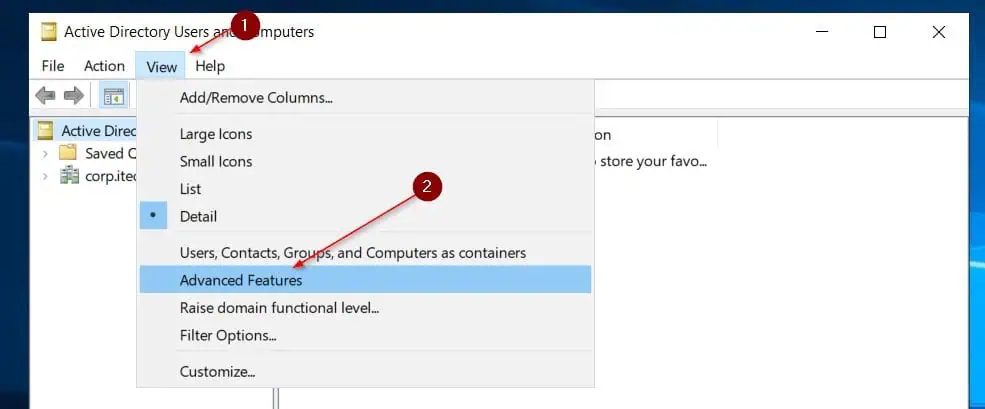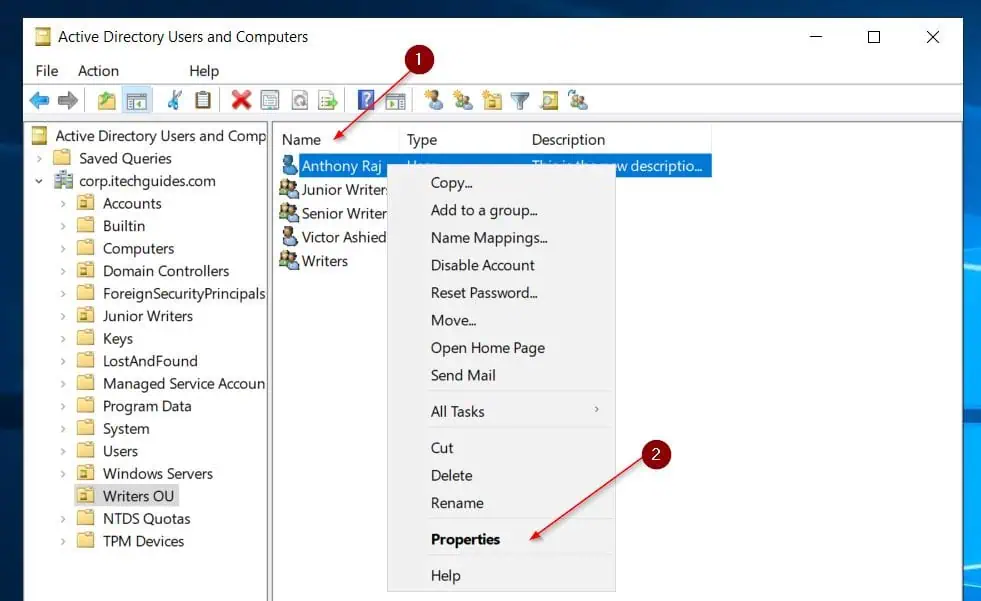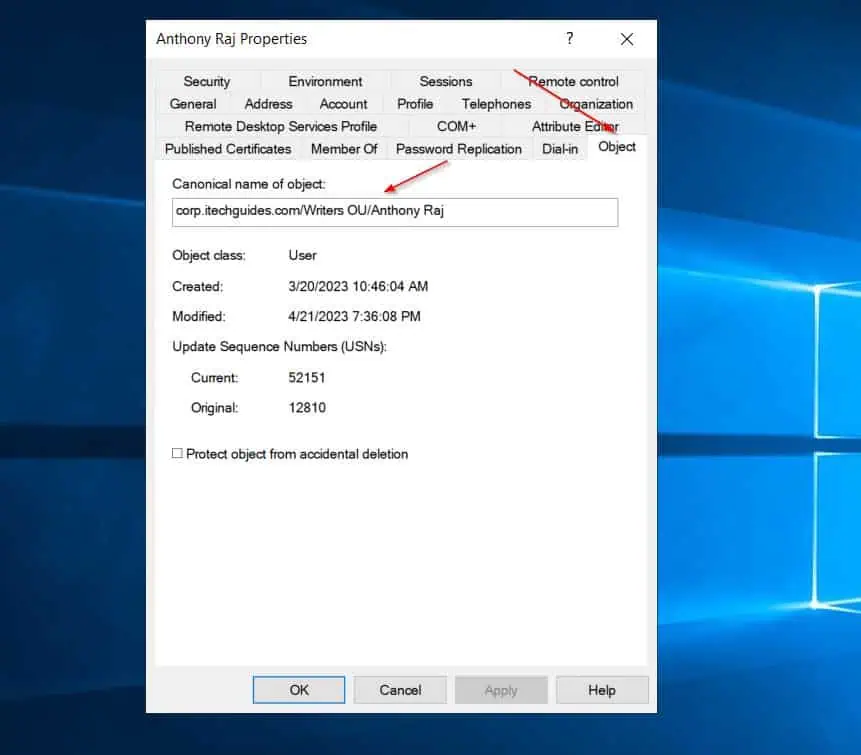How to view the canonical name of an AD object
Learn how to view and edit the canonical names of Active Directory objects using the options described in this guide.
Option 1: View the canonical name from ADUC
1. Open Active Directory Users and Computers and click view and select Advanced functions.


- After that, navigate to the AD container where the object is located, right-click on the object and select characteristic.


- Then click the Objects tab – the specification name appears on this tab.


Option 2: Use PowerShell to view the spec name
- Open PowerShell on the computer that has access to the domain controller.
- Then, get the DistinguishedName of the object by executing the following command. This directive saves the result in the $distinguishedName variable.
$distinguishedName = (Get-ADObject -Filter Name -eq 'Anthony Raj').DistinguishedName
In the above command, “Anthony Raj” is the AD display name of the object whose CN I want to get. This is the result of the command. To confirm that it works, I executed the variable.


- Finally, display the object specification name by executing the following command:
Get-ADObject -filter distinguishedname -eq $distinguishedName -properties canonicalName


This directive displays additional properties. To display only the CN, modify the directive as shown below.
(Get-ADObject -filter distinguishedname -eq $distinguishedName -properties canonicalName).CanonicalName


in conclusion
The AD object’s canonicalName displays the object in canonical format. This shows the full path to the object in AD, separated by a forward slash (/).
If you need to view this attribute in Active Directory, you can use ADUC or PowerShell, as I show in this quick guide.
If this guide meets your expectations, please let me know by replying Yes Go to “Was this page helpful?” below. Before you get started, browse our Windows Server How-to Guide for more guidance.
The post How to view the canonical name of an AD object appeared first on Tech Empire Solutions.
from Tech Empire Solutions https://techempiresolutions.com/how-to-view-the-canonical-name-of-an-ad-object/
via https://techempiresolutions.com/
from Tech Empire Solutions https://techempiresolutions.blogspot.com/2024/05/how-to-view-canonical-name-of-ad-object.html
via https://techempiresolutions.com/
Comments
Post a Comment